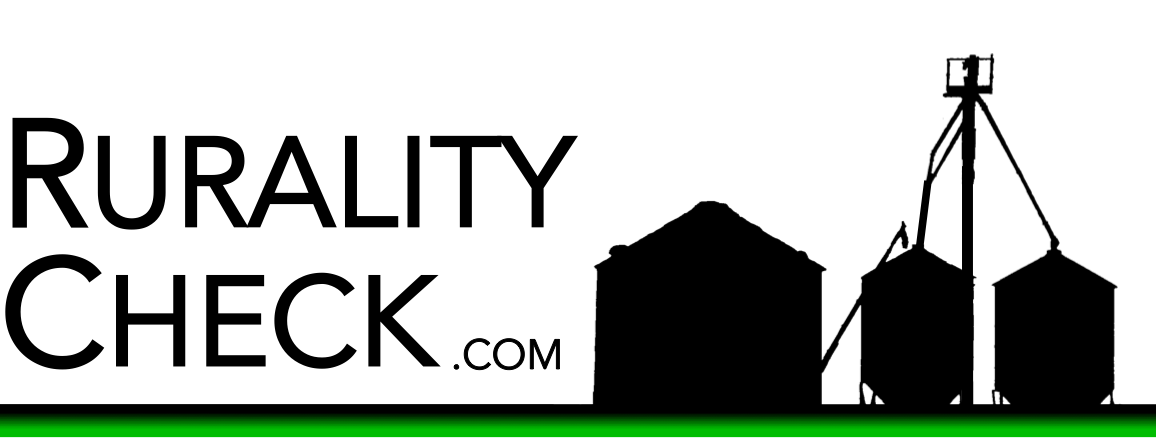
Recently I was eating at a diner in a tiny town with someone from a metropolitan area. She said, simultaneously to everyone but no one in particular, “Don’t you just love places like this? I just love places like this.” When she said “this,” I think she meant “charming.” And when I say “charming,” I mean “kinda dumpy.”
Suburbs don’t have old, dumpy restaurants. They have nicer chain restaurants. With staff in uniforms. And glossy menus. I started thinking why that is.
Some of the answers are obvious, and we’ll list a few of them here. First, suburbs are often home to rapid growth, so many of the old places have been razed for new buildings, which are typically less “charming.” Also, many of the developed areas in suburbs are just newer than many tiny towns, so there’s less chance for old structures there, too. Compared to cities and suburbs, small towns have a lot of old structures that haven’t been renovated.
Those buildings haven’t been renovated because there often isn’t the money that there is in bigger places, of course, but also because bigger places just have less tolerance for sub-standard accommodations. Even if a franchise of a chain could make it work in a small town, that chain’s standards would not allow occupation of an existing structure in a downtown next to a grain elevator. The small diner where we’re eating has a one-stall, 60s-era bathroom with a leaky faucet and a can of air freshener. It’s right off of the dining room, next to tables. That’s not okay in a Denny’s, but it comes off as “charming” in a small diner. There are water-stained ceiling tiles near the front door. Someone from corporate would have pointed that out during a regularly scheduled inspection at an IHOP. Patty, though—who represents the extent of corporate-ness in Patty’s Diner in Bumblezero, MN—doesn’t care. Nor do her customers. In fact, one of the out-of-towners just called it “charming.”
Patty doesn’t wear a uniform, either, unless you count that threadbare, grease-stained, formerly white apron that’s maxed out around her portly frame. She’s been wearing it since the Bush administration (the first one), though, so maybe it counts as a uniform. The other server—that’s right, singular—is wearing a Harley Davidson shirt under her apron, but the shirt is pink and the screenprinting is cracked, so maybe that’s charming, as well. The busboy is wearing an intramural basketball shirt from University of Wisconsin—Somewhere. Patty’s corporate policy on dress code seems to be pretty lax. It’s probably in the Employee Handbook that was mimeographed when Dukakis was still governor. I’m sure that it’s in the back next to the OSHA poster.
See, Patty couldn’t work at a Perkins because then Patty couldn’t do everything like she does here. She cooks, talks to customers, orders from wholesalers, vacuums, recruits staff (you know, when kids graduate), and wipes down tables when it’s busy. Denny’s has people for these things. Patty has no hostess with perfect makeup and tight black pants to seat you. (You just sit down and hope no one hits you with the bathroom door.) In fact, the whole division of labor seems to be out of line with a bigger chain restaurant—the typical IHOP employs more people than Patty’s will serve before lunch.
So, smallish towns might have the breakfast market to support a Perkins or a Denny’s, but that market is spread over two or three small diners that operate on small margins because they have so little capital tied up in facilities and personnel. A ten-dollar omelet, even if it looks pretty on a glossy menu instead of the handwritten whiteboard on the wall, just wouldn’t make it in this town.
And that’s just fine with us. “Don’t you just love places like this?”

P. A. Jensen is editor of RuralityCheck.com.
He lives in northern Minnesota with his wife and son.



